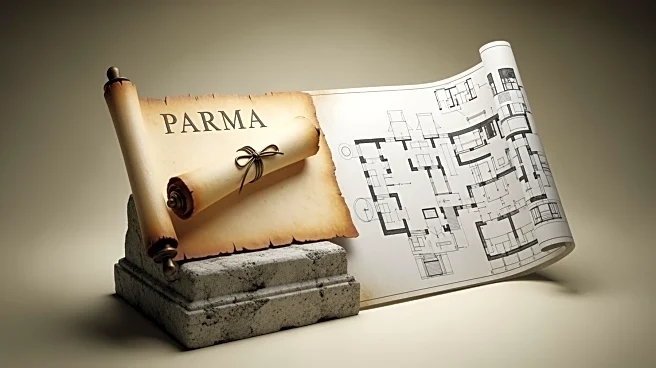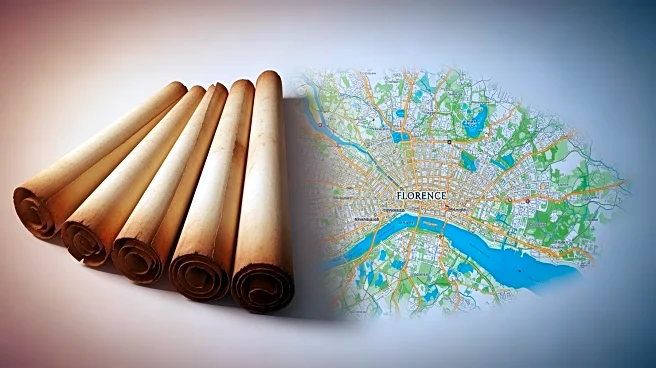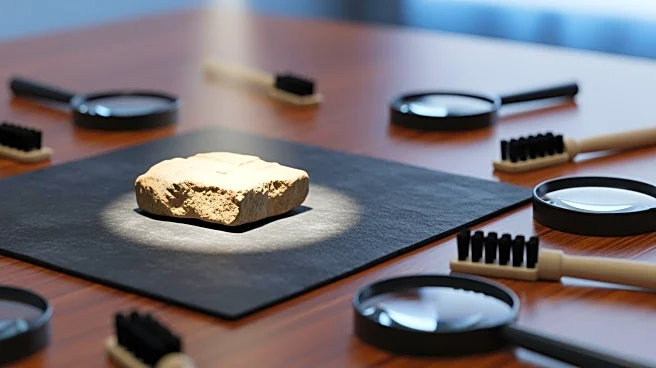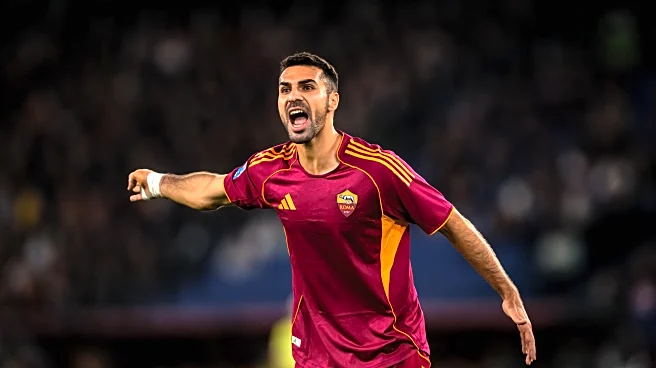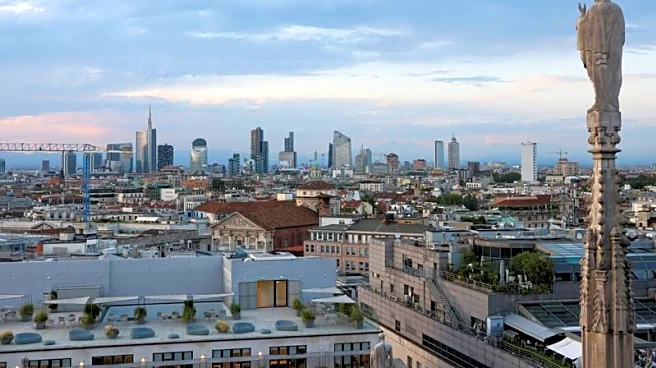Parma, located in the region of Emilia-Romagna in Northern Italy, is a city renowned for its architecture, music, art, prosciutto, cheese, and surrounding countryside. With a population of 202,111 inhabitants as of 2025, Parma is the second most populous city in Emilia-Romagna after Bologna, the region's capital. The city is home to the University of Parma, one of the oldest universities in the world. Parma is divided into two parts by the stream
of the same name, with the district on the west side of the river known as Oltretorrente.
First Peoples & First Mentions
Parma was already a built-up area in the Bronze Age. In the current position of the city rose a terramare. The 'terramare' were ancient villages built of wood on piles according to a defined scheme and squared form; constructed on dry land and generally in proximity to the rivers. During this age, between 1500 BC and 800 BC, the first necropoleis were constructed.
Explorers, Missions & Colonial Outposts
The city was most probably founded and named by the Etruscans, for a parma or palma (circular shield) was a Latin borrowing. The Roman colony was founded in 183 BC, together with Mutina (Modena); 2,000 families were settled. Parma had a certain importance as a road hub over the Via Aemilia and the Via Claudia. It had a forum, in what is today the central Garibaldi Square.
From Empire to Nation: Transfers of Rule
Attila sacked the city in 452, and the Germanic king Odoacer later gifted it to his followers. During the Gothic War, Totila destroyed it. It was then part of the Byzantine Exarchate of Ravenna and, from 569, of the Lombard Kingdom of Italy. During the Middle Ages, Parma became an important stage of the Via Francigena, the main road connecting Rome to Northern Europe.
Rails, Roads & River Landings: Corridors That Sited Parma
Parma's strategic location made it a significant hub for trade and travel. The city had a medieval Jewish community, and the Palatine Library houses the largest collection of Hebrew manuscripts in Italy. The city was under French influence after the Peace of Aachen in 1748, and Parma became a modern state with the energetic action of prime minister Guillaume du Tillot.
